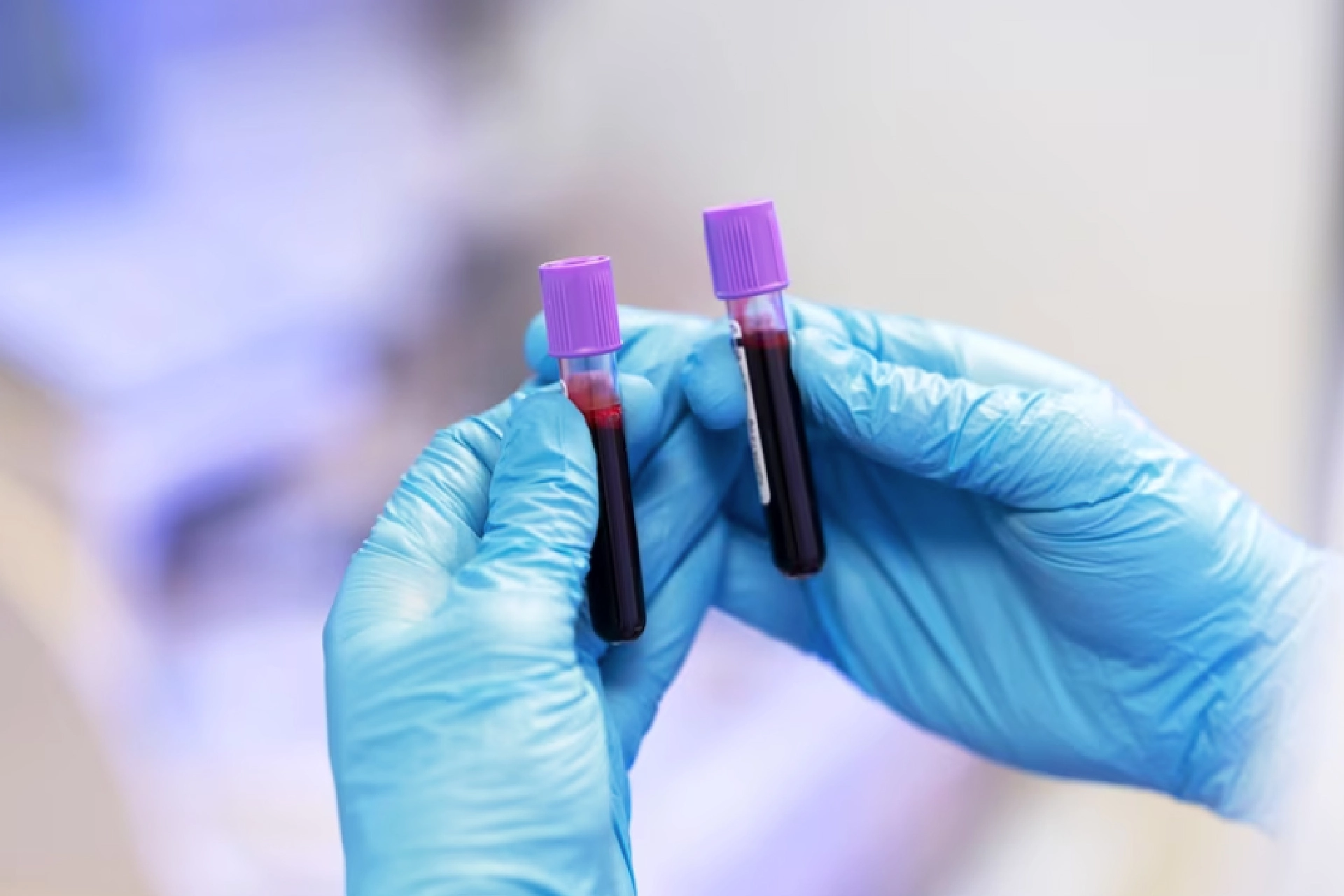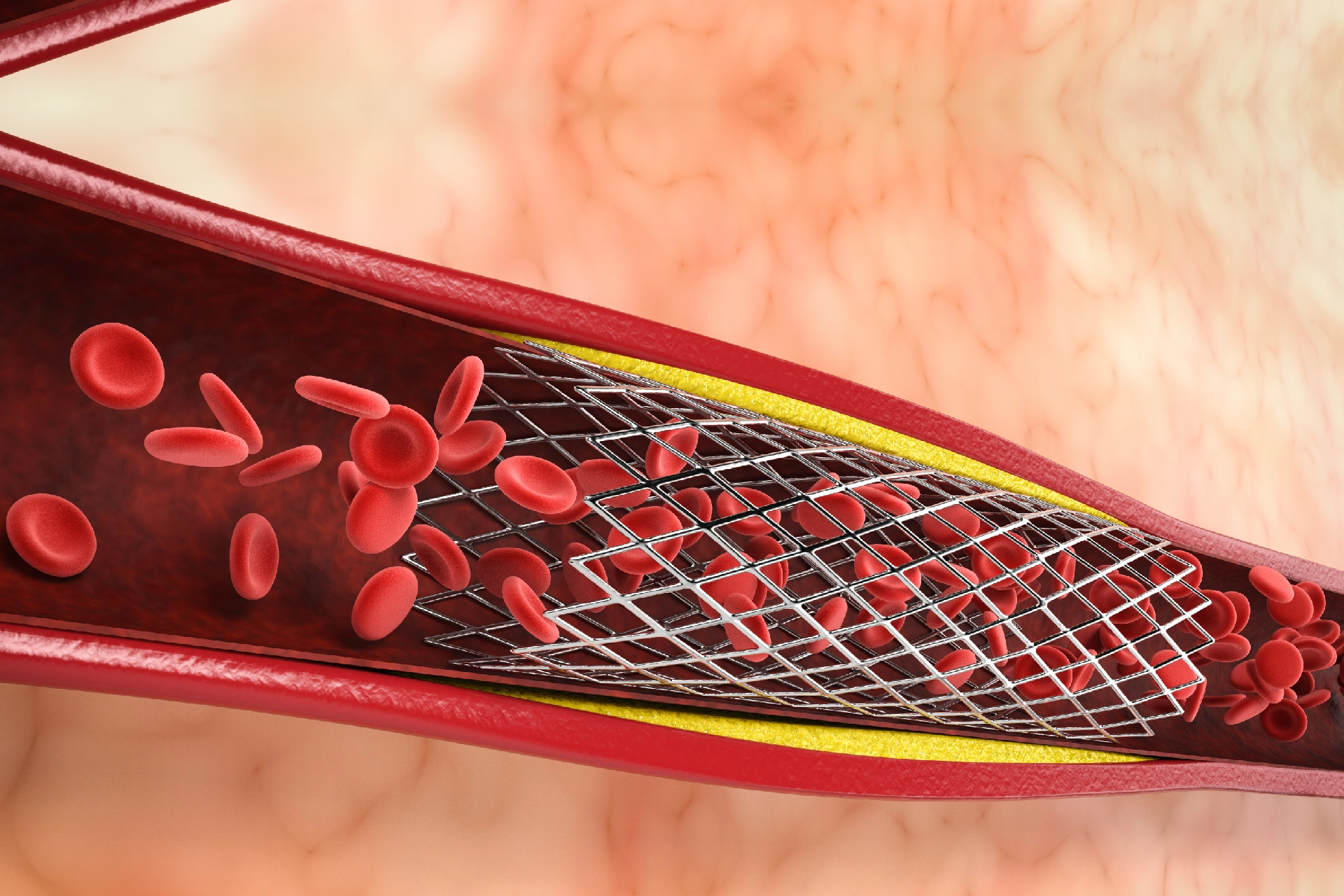Health Tests | 4 min read
Platelets Count Test: What is the Normal Platelet Count? Important Guide!
Medically reviewed by
Table of Content
Key Takeaways
- Platelets bind together forming a blood clot to stop bleeding
- The platelet count is a part of a complete blood test
- Normal platelet count is between 1,50,000 and 4,50,000 per µL of blood
A platelet count test is part of a complete blood count (CBC) test. It measures the number of platelets in your blood. Platelets are fragments of larger cells made in the bone marrow known as megakaryocytes. They are also known as thrombocytes. These cells circulate in your blood and form blood clots when there are damaged blood vessels. For instance, if you get hurt and are cut, the platelets will form a blood clot to stop bleeding.
A high platelet count or a low platelet count can be a sign of certain medical conditions. Read on to know what high and low values suggest and what should be the normal platelet count range.
Additional Read: RBC Count Test: Why is it Important and What is the RBC Normal Range?What is a platelets count test?
Platelets count is a test done to know the number of platelets in your blood. It may be used to diagnose or monitor conditions that affect the number of platelets. These conditions include:
- bleeding disorders
- bone marrow disease
- platelet destruction
- bacterial infections
- virus infections
- cancers
It may be used to screen for diseases that cause problems with blood clot formation as well.
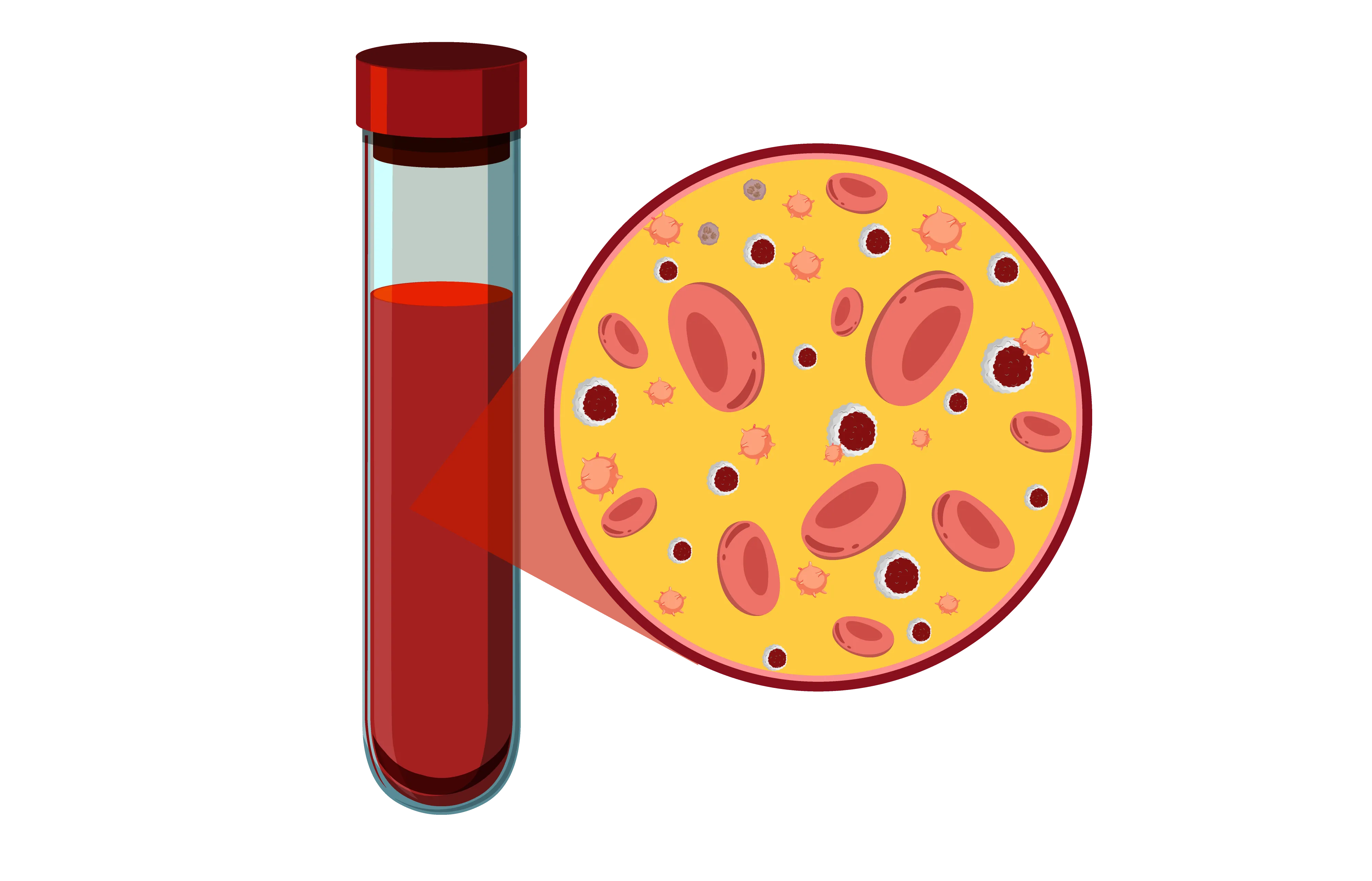
When is a platelets test done?
A platelets test may be ordered as a part of a complete blood test for a routine health checkup. Your doctor may order this test if you show signs of low platelets or bleeding disorders. Some of these symptoms can be:
- unexplained bruising
- prolonged bleeding
- nosebleeds
- bleeding in the digestive tract
- heavy menstrual bleeding
- small red and purplish spots on the skin
The platelets count test may also be ordered if your doctor suspects that you have too many platelets. This is also known as thrombocytosis. It may cause excessive clotting or bleeding. Sometimes, you may not experience any symptoms. So, a PLT blood test helps check if there are any health conditions.
What does high platelet count mean?
A high platelet count is medically known as thrombocytosis. There are two types:
- Primary or essential thrombocytosis: This is when you have abnormal cells in the bone marrow. These can cause an increase in platelets. The reason, in this case, is not known.
- Secondary thrombocytosis: Similar to primary thrombocytosis but it could be due to conditions such as inflammation, anemia, cancer, or infection.
Symptoms such as spontaneous blood clots in the arms and legs can lead to heart attack and strokes. In serious cases, a person may have to undergo the platelet apheresis procedure. Here, blood is removed, the platelets are separated and returned with the blood to the body. In the case of secondary thrombocytosis, the symptoms are usually linked with an associated condition such as infection and anemia. Treating these conditions brings down count well below the PLT normal range.
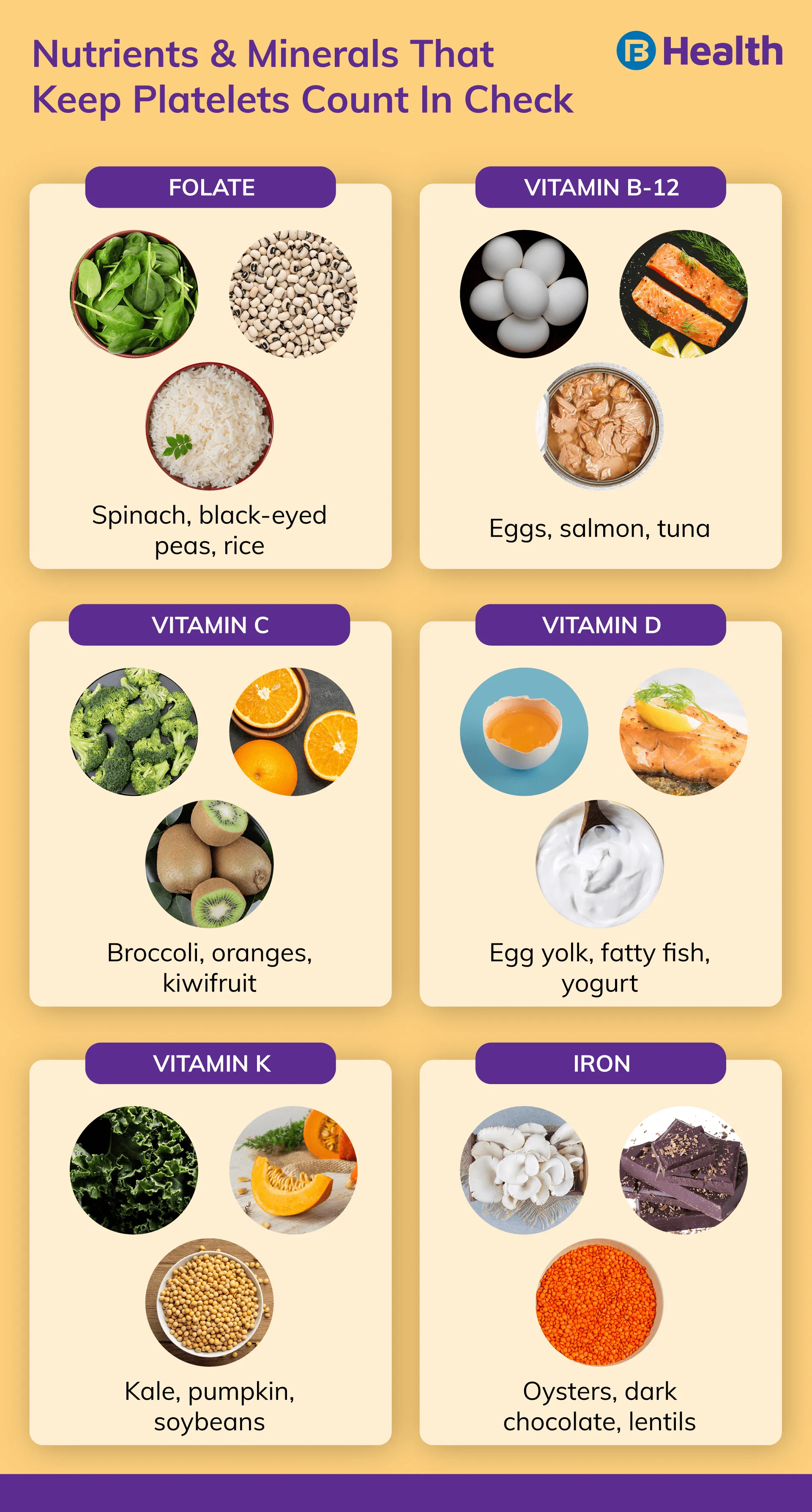
What does low platelet count mean?
A low platelet count is called thrombocytopenia. Some symptoms of this health issue are:
- easy bruising
- frequent bleeding from the gums, nose, or gastrointestinal tract
- rectal bleeding
- petechiae.
Various issues prevent your body from producing platelets and cause a dip in the count. Some of these causes can be:
- medications
- inherited conditions
- leukemia or lymphoma
- chemotherapy
- kidney infection/dysfunction
Some other factors that cause low platelet count are:
- viral infections such as hepatitis and measles
- aplastic anemia
- sepsis
- cirrhosis
- congenital syndromes
- autoimmune disorders like lupus
The use of certain drugs such as aspirin, ibuprofen, certain antibiotics, and diuretics are also associated with decreased platelet count. Bone marrow damage caused by toxic chemical exposure such as pesticides and benzene also results in low platelets.
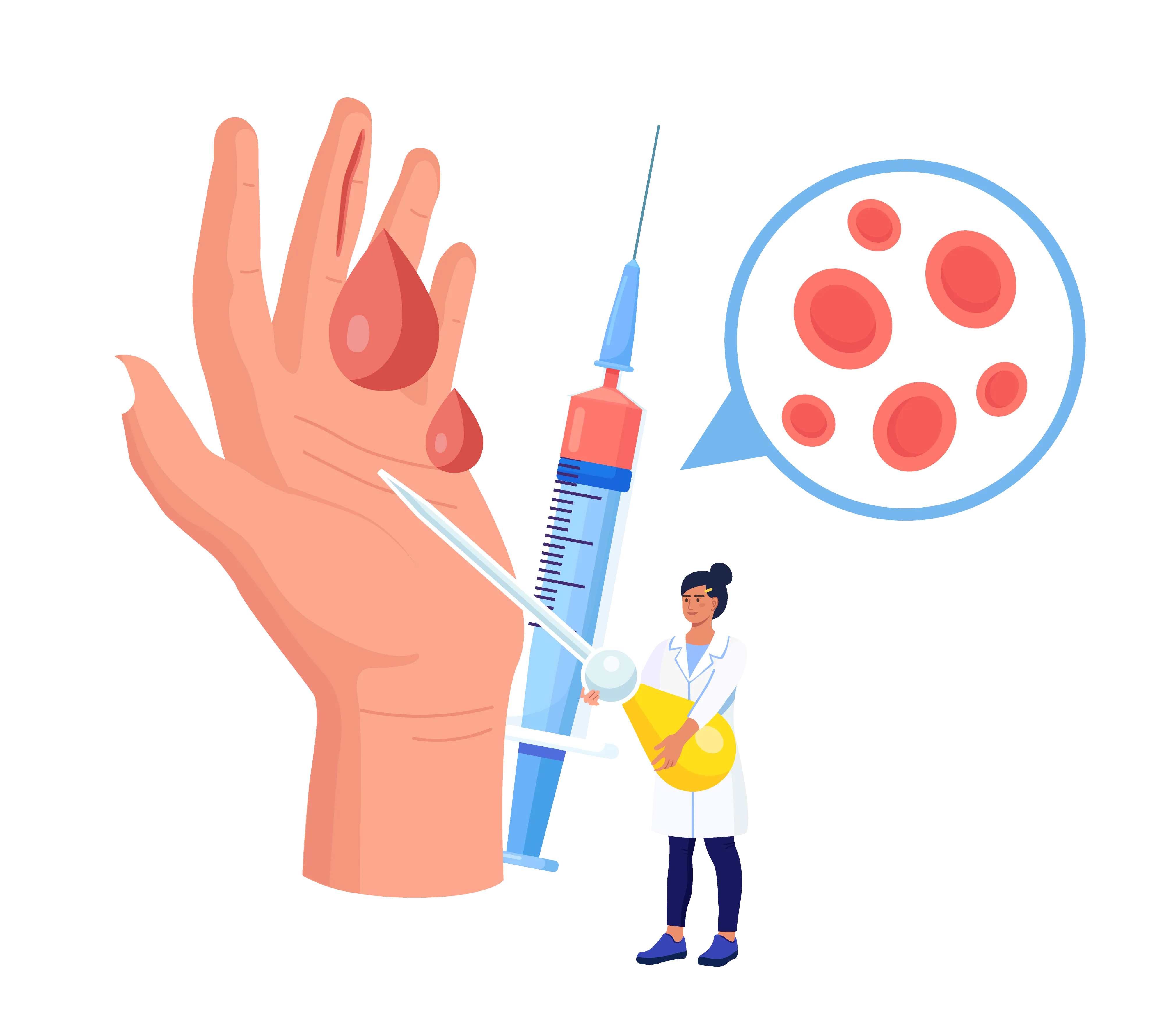
What is the normal platelet count?
A platelet count normal range is from 1,50,000 to 4,50,000 platelets per microliter of blood. If you have less than 1,50,000 platelets, this condition is known as thrombocytopenia. A high platelet count is when your platelets are more than 4,50,000 per microliter of blood. This is called thrombocytosis.
Additional Read: Blood Group Test: How it is Done and What are the Different Blood Types?If you have an abnormal platelet count range, your doctor may order additional tests such as CRP or ESR. A low platelet count can be treated by addressing the underlying causes. It is important that you get tested often to keep these levels in check. Book an online appointment with a doctor or a lab test easily on Bajaj Finserv Health. Get access to care online and address any health issues at the earliest to avoid complications.
References
- https://www.sciencedirect.com/topics/medicine-and-dentistry/megakaryocyte
- https://www.hopkinsmedicine.org/health/conditions-and-diseases/what-are-platelets-and-why-are-they-important
- https://labtestsonline.org/tests/platelet-count
- https://www.uclahealth.org/gotblood/donate-platelets#:~:text=Apheresis%20is%20the%20process%20of,are%20essential%20for%20blood%20clotting
Disclaimer
Please note that this article is solely meant for informational purposes and Bajaj Finserv Health Limited (“BFHL”) does not shoulder any responsibility of the views/advice/information expressed/given by the writer/reviewer/originator. This article should not be considered as a substitute for any medical advice, diagnosis or treatment. Always consult with your trusted physician/qualified healthcare professional to evaluate your medical condition. The above article has been reviewed by a qualified doctor and BFHL is not responsible for any damages for any information or services provided by any third party.

